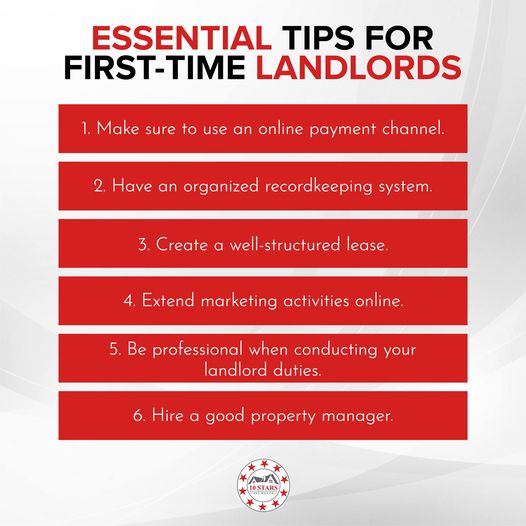As a first-time landlord, managing your rental property can be a daunting task. You’ve invested in a tangible asset that requires ongoing maintenance, tenant relationships, and paperwork. To help you navigate this new territory, we’ll break down the essentials of property management, covering the must-knows, nice-to-haves, and potential pitfalls.

Understanding Your Role as a Landlord
Before diving into the nitty-gritty, it’s crucial to grasp the scope of your responsibilities. As a landlord, you’re entering a business agreement with your tenants, providing a habitable living space in exchange for rent. This entails regular maintenance, handling repairs, and addressing concerns.
Pre-Tenant Preparation
Before welcoming tenants, ensure your property is:
- Clean and tidy, including yards and outdoor spaces
- Safe and free from hazards, such as loose flooring or faulty wiring
- Equipped with essential appliances and functioning systems (e.g., plumbing, heating)
- Compliant with local building codes and regulations
- Insured, with coverage for liability, property damage, and rent default
Marketing and Tenant Screening
To attract reliable tenants, consider:
- Craft a detailed property listing, highlighting amenities and features
- Utilize online platforms, local classifieds, and social media to reach a wider audience
- Implement a thorough screening process, including:
- Credit checks and rental history verification
- Employment and income confirmation
- Personal references
- Clearly outline rent, utilities, and lease terms to set expectations
Lease and Rental Agreements
Your lease is a binding contract between you and the tenant. Include:
- Contact information and roles (e.g., property manager, maintenance contacts)
- Rent details and payment instructions





